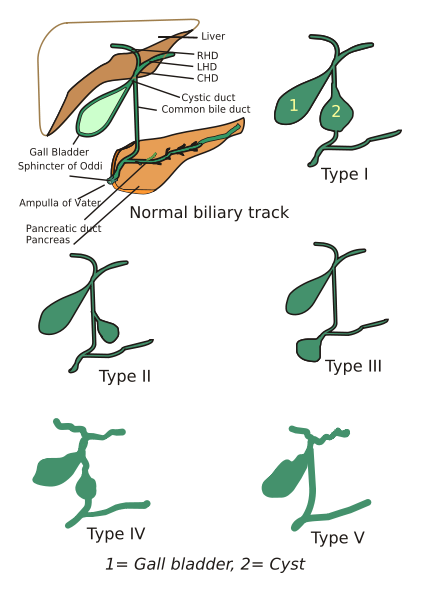 Figure 1: AP radiograph of the left foot shows an incidental geographic lytic lesion without sclerotic border at the proximal phalanx of the third toe. There is cortical thinning without breakthrough or associated soft tissue mass. No matrix is visualized.
Figure 1: AP radiograph of the left foot shows an incidental geographic lytic lesion without sclerotic border at the proximal phalanx of the third toe. There is cortical thinning without breakthrough or associated soft tissue mass. No matrix is visualized. Figure 2: Sagittal MR image (STIR sequence) shows the lesion as markedly T2 hyperintense without associated soft tissue mass.
Figure 2: Sagittal MR image (STIR sequence) shows the lesion as markedly T2 hyperintense without associated soft tissue mass.
- Enchondroma is common (10% of all benign bone tumors)
- Most common in hands and feet
- Occurs from cartilaginous cell nests displaced from physis during development
- Often asymptomatic and found incidentally or after a pathologic fracture
- Main differential diagnosis is chondrosarcoma, which is relatively rare in the foot - and typically arises de novo. However, differentiation using clinical and radiographic parameters can be difficult.
- Presence of soft tissue mass, cortical destruction and deep endosteal scalloping - although suggests chondrosarcoma - can be seen in both benign and malignant cartilage tumors of the foot
- Lesions larger than 5 cm
- Midfoot or hindfoot
- These lesions should be considered malignant and biopsy or close clinical follow up recommended






























